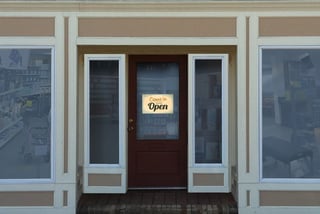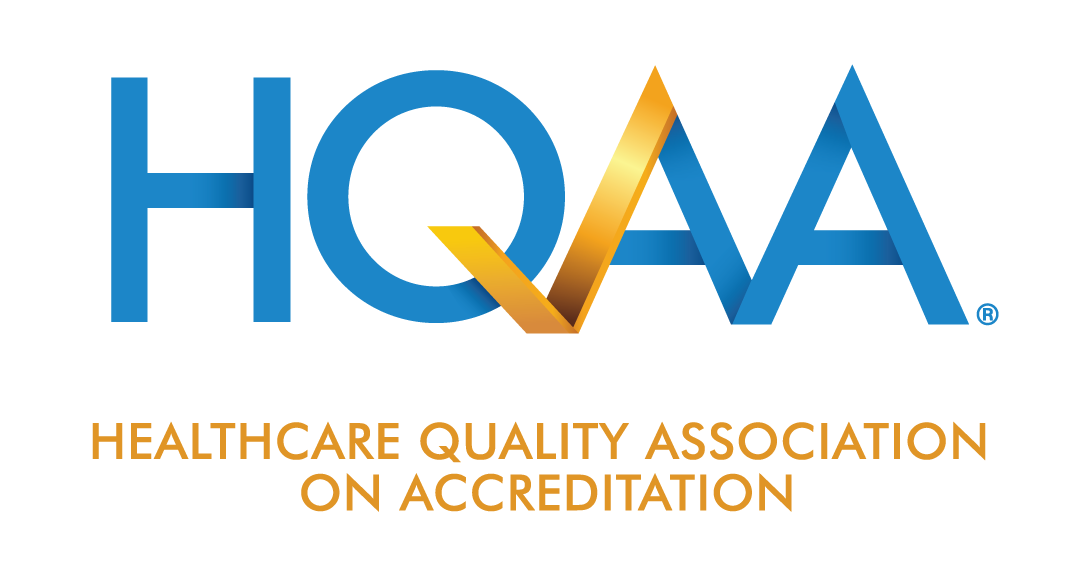
Home medical equipment companies frequently mention that it seems that the majority of survey (inspection) activity takes place in equipment storage, cleaning, and warehouse areas, as well as out in the field during “ride-alongs” to observe patient interactions with staff.HME staff is sometimes caught by surprise when the surveyor turns their attention to the retail showroom during the inspection. Why would a surveyor want to look at a retail showroom and what accreditation standards apply in that setting?
Surveyors, representatives from government agencies sent to inspect, and patient/customers alike—all typically receive their first impression of your company from the retail showroom. Your store’s curb appeal is put to the test not only during inspections, but every time a new patient/customer walks into your place of business. How neat, orderly, and certainly clean the store appears are all quickly assessed. The surveyor will look a little deeper at things like emergency exit signage, fire extinguishers, equipment return areas, displays with patient ready equipment and supplies on display, and check out/cash register areas. Follow this very simple checklist in your store to ensure you are compliant with the basic retail showroom requirements:
- Are the equipment and supplies on display stored neatly and are they clean?
- Are there prices clearly marked on all equipment?
- Are there any items with expiration dates and are these items current?
- Is there signage on the door to make it easy to find the business and is the signage accurate with company name, hours of operation, etc.
- Are there fire extinguishers, clearly marked exit routes and exit signage present?
- Is the entry to your retail showroom and the showroom itself ADA compliant?
- If any fittings or extended instruction/education occurs, is there a relatively private area to provide these fittings or education?
- Does your company have a procedure for situations where patient/customers return used equipment through the retail showroom?
- Can the customer service staff answer questions about how equipment and supplies are used appropriately, how they operate, and how to clean or disinfect the items?
- Additionally, can your staff answer questions about insurance coverage for the items and which commercial insurances and third party payers will pay for a given item?
- How do staff who work in the retail showroom handle situations wherein your company cannot provide a type of equipment or provide to a certain payer source? Is there a referral process for situations like this?
- Are the staff members who work in the retail showroom cognizant of HIPAA and mindful of confidentiality and privacy issues during their workday?
At a minimum, expect the surveyor to do a quick “walk through” and ask retail staff a few questions. Make sure the staff understands their job description as well as the training and ongoing competency assessment process for staff development and education. Make sure they can answer questions about the company’s mission, how the company handles complaints, and who staff reports to. Staff should have excellent customer service skills, not only for survey, but because they are your company’s first and best chance to make a good impression on new customers.
Retail showrooms might not be the “front line” of inspection during an accreditation survey, but they are certainly fair game to surveyors. More importantly, they are sites of patient care, and opportunities for your company to excel in customer service and build an excellent reputation for quality care.


